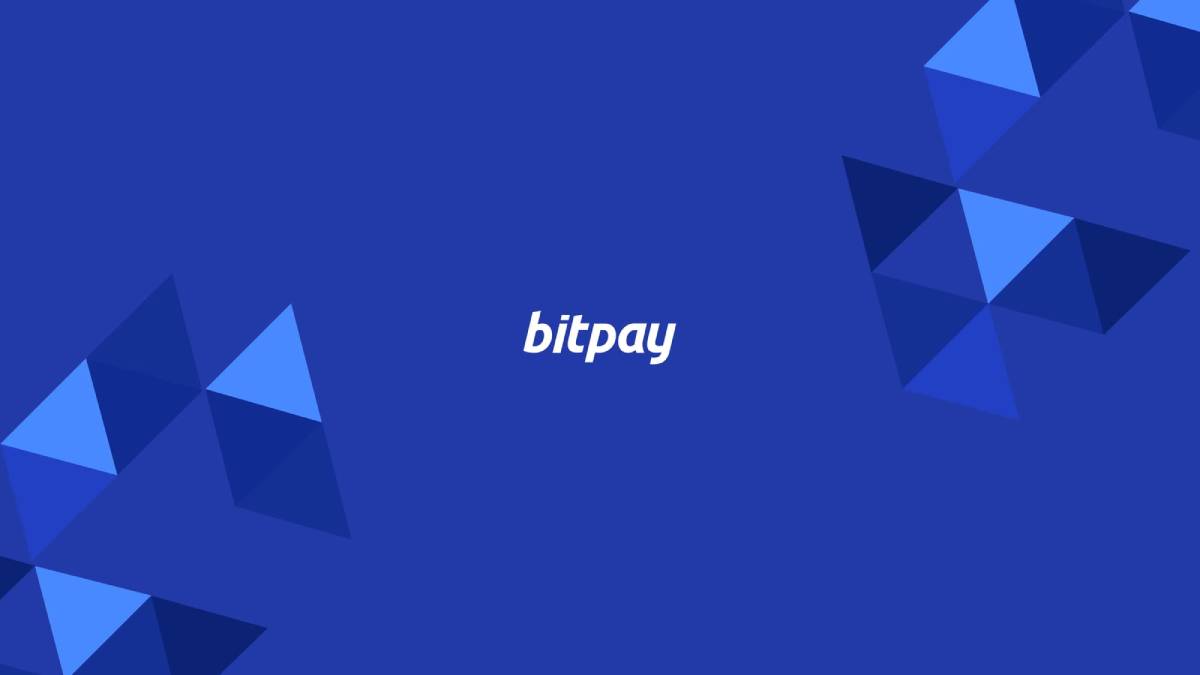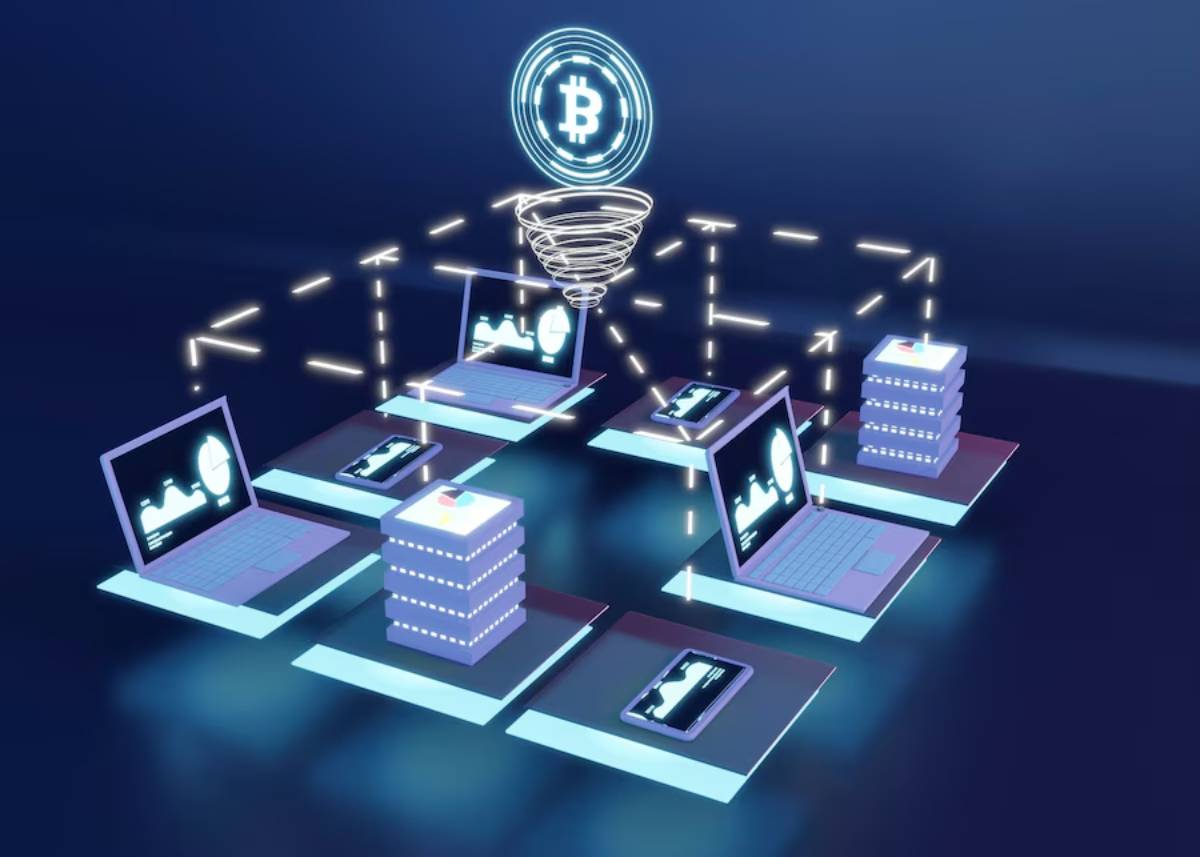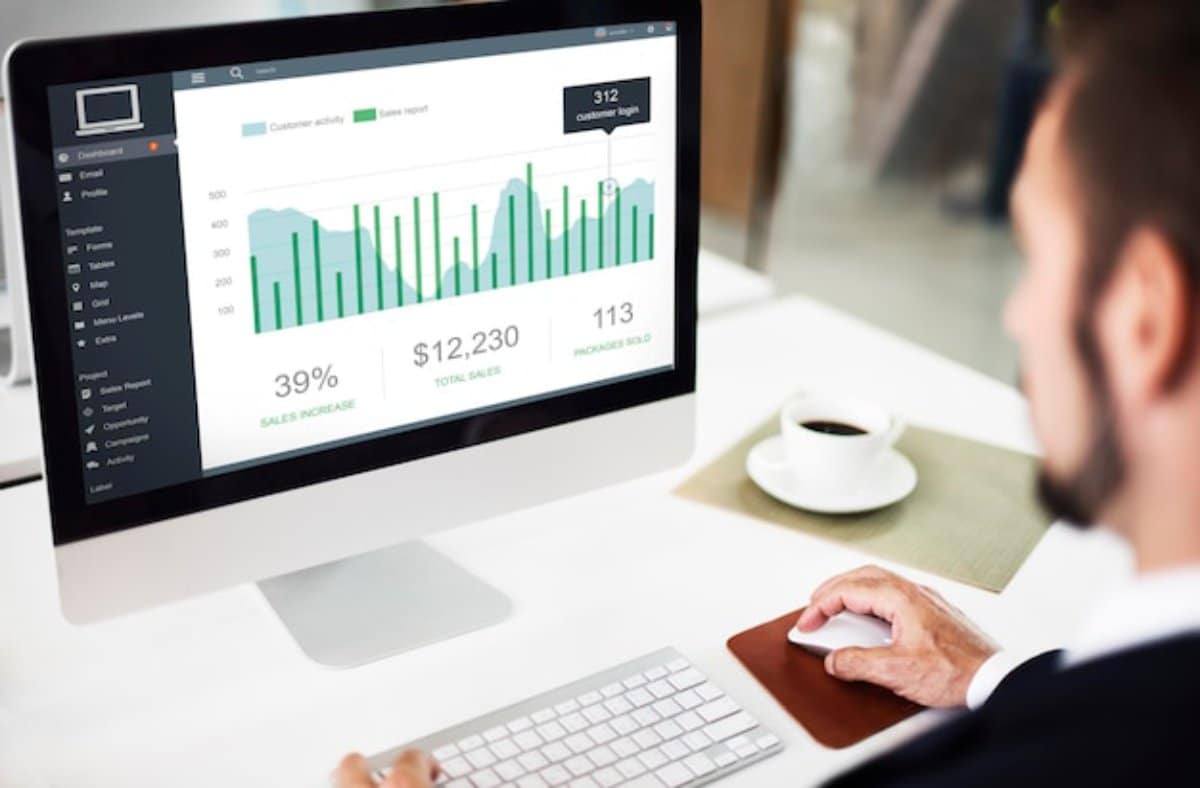
Blockchain’s Impact on Payment Gateways: Exploring Decentralised Transactions and Crypto Payment Solutions
The Blockchain Revolution in Payment Gateways
Imagine processing a payment without intermediaries, delays, or hefty fees. The transaction is verified across a decentralised network, securely and transparently. Blockchain payments are changing the way payment gateways work. This shift brings a transformative promise for the future.
Decentralised transactions and crypto payment gateways are becoming popular. Businesses and consumers are starting to embrace this new way of exchanging money. Blockchain payments are now more than just for cryptocurrency fans. They are moving into everyday commerce. These payments provide security, speed, and global access.
In this guide, we’ll look at how blockchain payments affect payment gateways. We’ll also discuss the chances and challenges of decentralised transactions. Finally, we’ll provide insights to help you navigate this new landscape.
What Are Blockchain Payments?
Blockchain payments are transactions made with blockchain technology. This technology uses a decentralised ledger to record transactions across many computers.
Key Features:
- Decentralisation: No central authority controls the network.
- Transparency: All transactions are recorded publicly.
- Security: Cryptographic methods ensure data integrity.
- Speed: Transactions can be completed in minutes, even across borders.
Common Cryptocurrencies for Payments:
- Bitcoin (BTC)
- Ethereum (ETH)
- Stablecoins (USDT, USDC)
How Blockchain Integrates with Payment Gateways
Traditional payment gateways facilitate transactions between merchants, customers, and banks. Crypto payment gateways integrate blockchain networks into this process, enabling decentralised transactions.
Process Flow:
- The customer initiates a crypto payment at checkout.
- Crypto payment gateway processes the transaction, converting crypto to fiat (if required).
- Blockchain network verifies and records the transaction.
- Merchant receives funds, either in crypto or fiat.

Popular Crypto Payment Gateways:
- BitPay
- Coinbase Commerce
- CoinGate
- NOWPayments
Opportunities of Blockchain Payments in Gateways
1. Lower Transaction Fees
Traditional gateways charge 2-4% in fees. In contrast, blockchain payments can cut these fees to just a fraction of a percent.
- Example: Bitcoin’s Lightning Network offers near-instant payments with minimal fees.
2. Global Accessibility
No need for traditional banking infrastructure.
- Scenario: A merchant in a developing country accepts crypto payments without relying on local banks.
3. Enhanced Security and Fraud Prevention
Blockchain’s immutable ledger prevents chargebacks and fraud.
- Fact: Once a decentralised transaction is confirmed, it cannot be reversed.
4. Faster Settlements
Traditional bank transfers can take days. Blockchain payments settle in minutes or even seconds.
- Benefit: Improved cash flow for merchants.
5. Expanding Customer Base
Appeal to crypto-savvy consumers seeking alternative payment methods.
- Tip: Accepting crypto can differentiate your brand and attract new demographics.
Challenges of Integrating Blockchain Payments
1. Volatility of Cryptocurrencies
Price fluctuations can affect the value of received payments.
- Solution: Use stablecoins pegged to fiat currencies to mitigate volatility.
2. Regulatory Uncertainty
Laws around crypto payments vary by country and are evolving.
- Tip: Stay updated on regulations in your operational regions.
3. Technical Integration Complexity
Incorporating crypto payment gateways may require technical expertise.
- Strategy: Partner with established providers like BitPay or Coinbase Commerce.
4. Limited Consumer Adoption
While growing, crypto payments aren’t yet mainstream for all consumers.
- Scenario: Some customers may hesitate to use crypto due to a lack of familiarity.
5. Energy Consumption Concerns
Proof-of-work blockchains (e.g., Bitcoin) face scrutiny over environmental impact.
- Emerging Trend: Adoption of eco-friendly blockchains like Ethereum’s proof-of-stake model.
Best Practices for Integrating Blockchain Payments
1. Choose the Right Crypto Payment Gateway
- Consider: Supported cryptocurrencies, conversion options, fees, and compliance.
- Popular Choices: BitPay, CoinGate, NOWPayments.
2. Offer Crypto-to-Fiat Conversion
Allow instant conversion of crypto payments into fiat to manage volatility.
- Tip: Set preferences for automatic settlement in your local currency.
3. Ensure Compliance with Local Regulations
- Partner with gateways that adhere to KYC/AML standards.
- Stay informed about tax obligations related to crypto payments.
4. Educate Your Customers
- Provide guidance on how to use crypto payments.
- Highlight benefits like security and speed.
5. Test and Monitor Transactions
- Use sandbox environments for testing.
- Track transaction speeds, customer adoption, and satisfaction.
Real-World Scenario: Embracing Blockchain Payments for Growth
A US-based online electronics retailer integrated crypto payment gateways to expand globally. Initially accepting Bitcoin and Ethereum via BitPay, they appealed to tech-savvy customers. To manage volatility, they used auto-conversion to USD.
Within six months, crypto payments accounted for 15% of their sales, and they expanded to accept stablecoins. This diversification helped them grow worldwide. It also made them a leader in decentralised transactions.
Comparing Traditional vs Crypto Payment Gateways
| Feature | Traditional Gateway | Crypto Payment Gateway |
| Transaction Fees | 2-4% | 0.1-1% |
| Settlement Time | 1-3 business days | Minutes to hours |
| Chargebacks | Possible | Impossible |
| Global Reach | Limited by banks | Borderless |
| Volatility | Stable | Varies (use stablecoins) |
Blockchain payments provide unique benefits in speed, cost, and global access.
Trends in Blockchain Payments for 2025
1. Stablecoin Growth
Stablecoins like USDC and USDT are gaining traction for their price stability.
2. CBDC Integration
Governments are creating Central Bank Digital Currencies (CBDCs). These could work with payment gateways.
3. Eco-Friendly Blockchains
Shift towards proof-of-stake models to reduce energy consumption (e.g., Ethereum 2.0).

4. Cross-Chain Payments
Gateways enabling payments across multiple blockchain networks enhance flexibility.
Staying informed on these trends ensures your payment strategies remain future-proof.
Conclusion: Embrace Blockchain Payments for a Decentralised Future
Blockchain payments and decentralised transactions are changing how we think about payment gateways. They provide speed, security, and global access. Challenges like volatility and regulation are still present. But the chances for cost savings, fraud prevention, and market growth are strong.
Integrating crypto payment gateways puts your business ahead in finance. It attracts more crypto users and makes your operations future-ready.
Are you ready to explore blockchain payments? Share your thoughts or questions below. Also, subscribe for more insights on new payment technologies!


